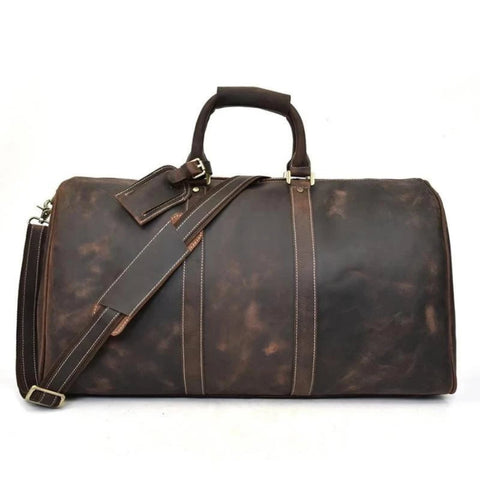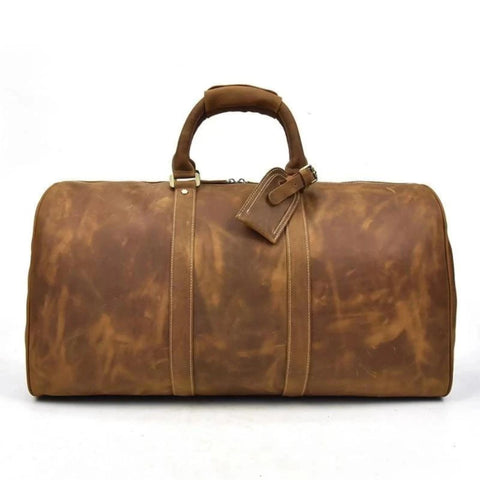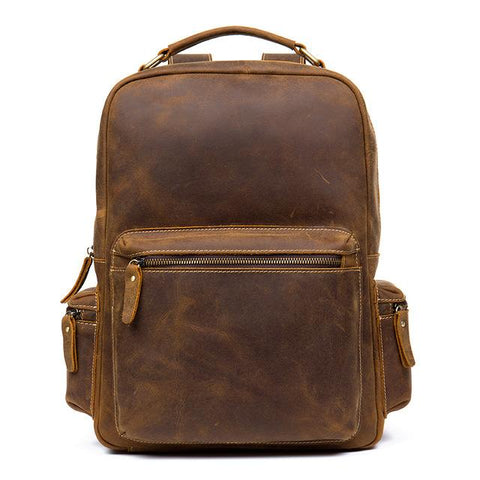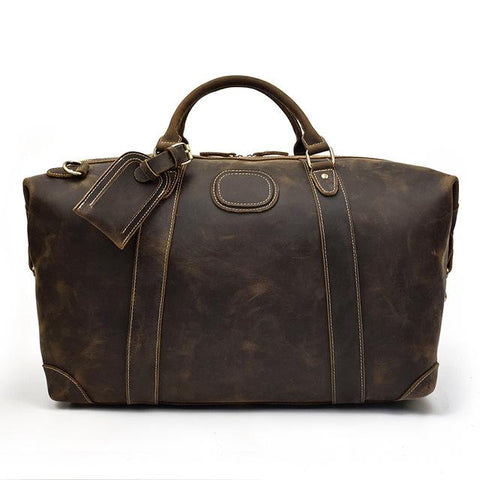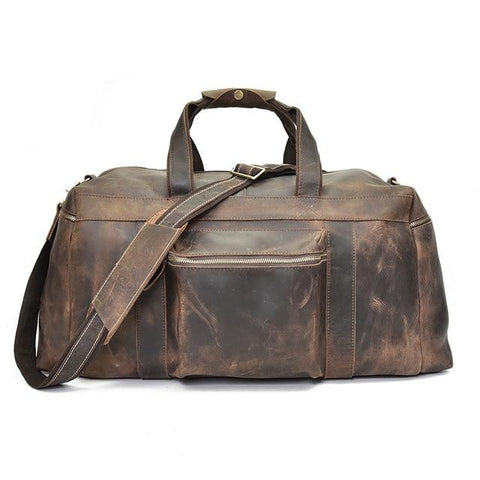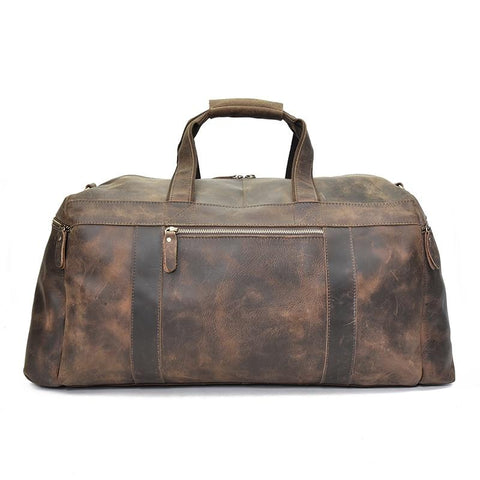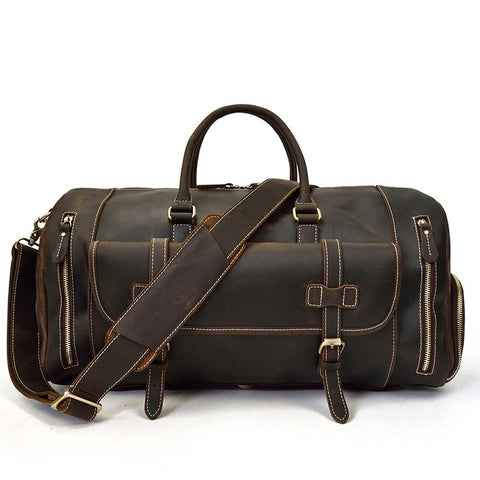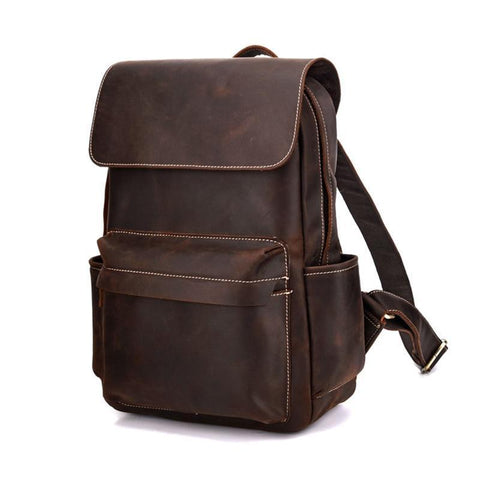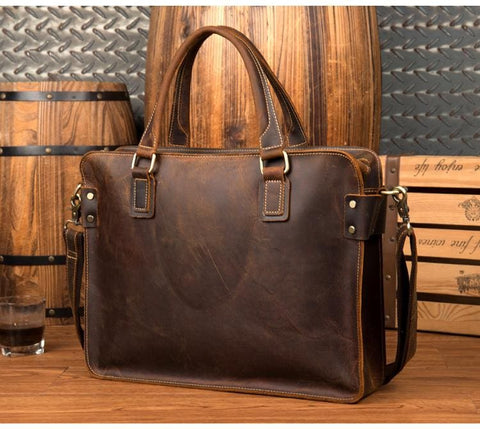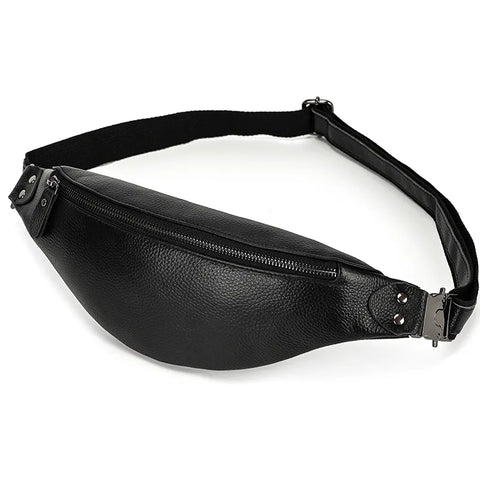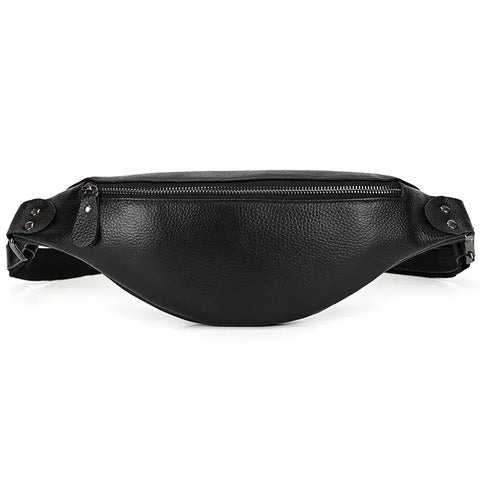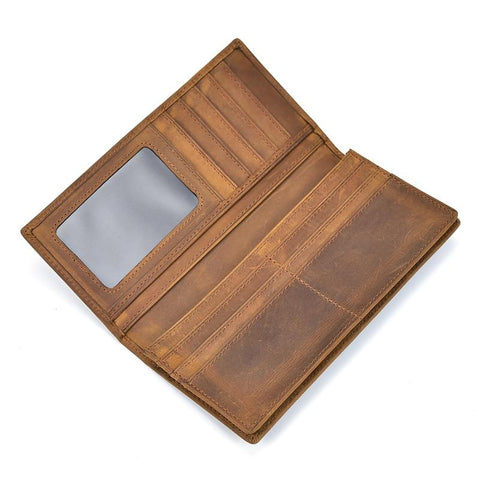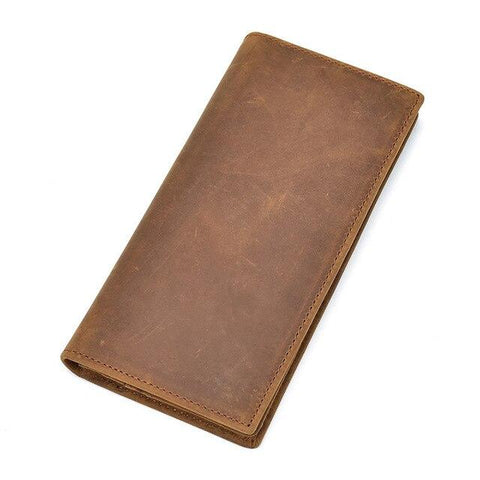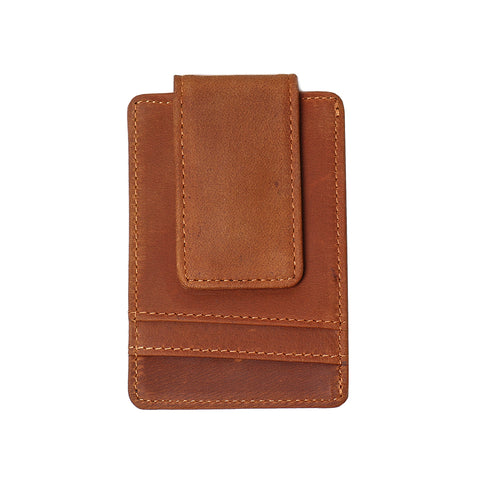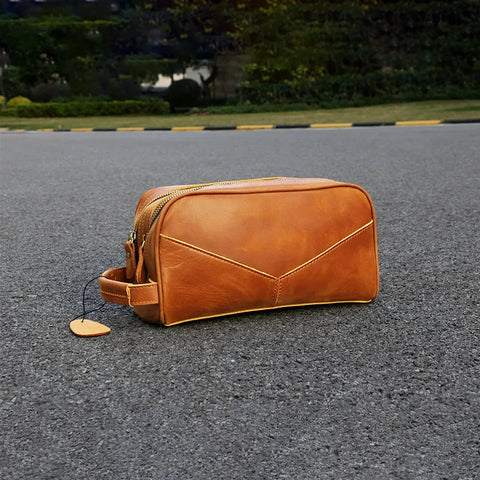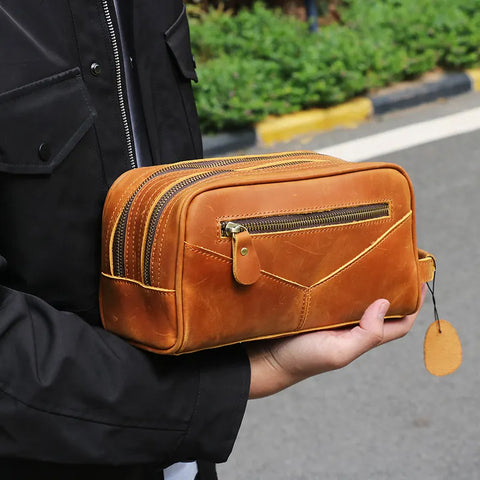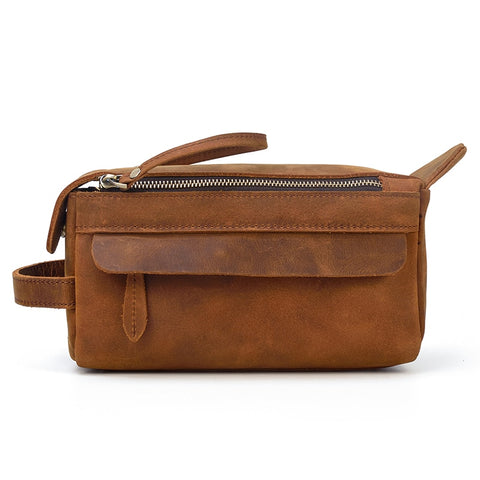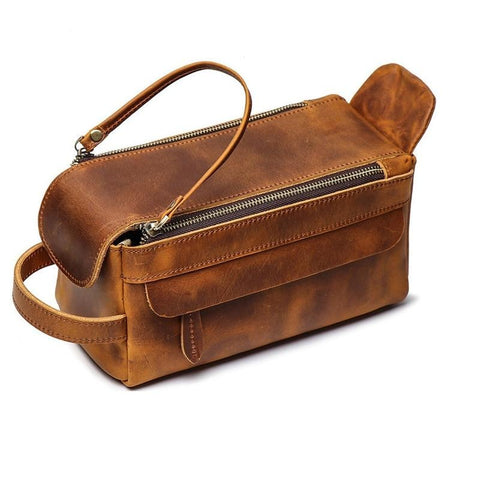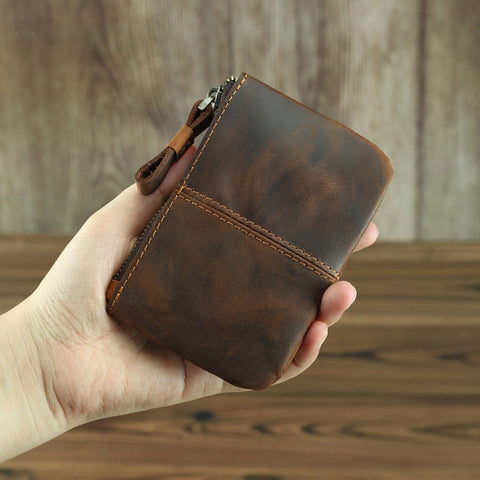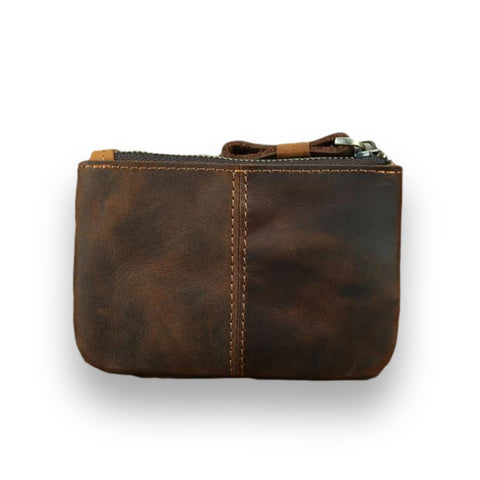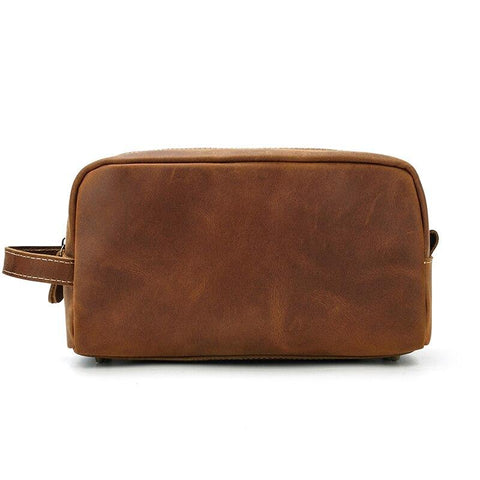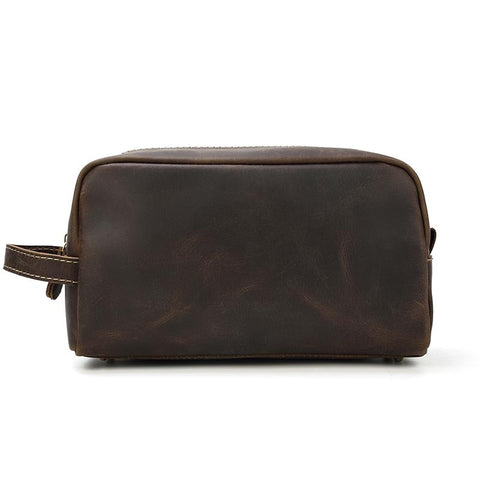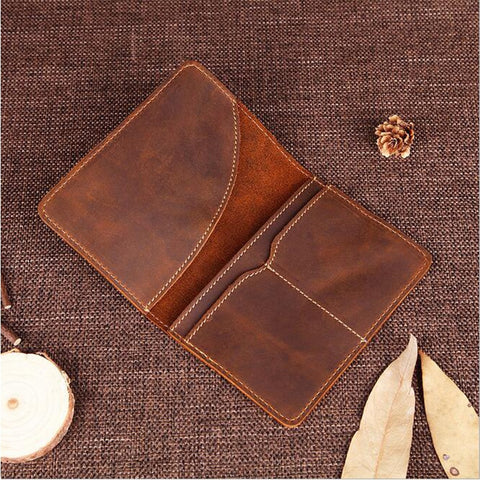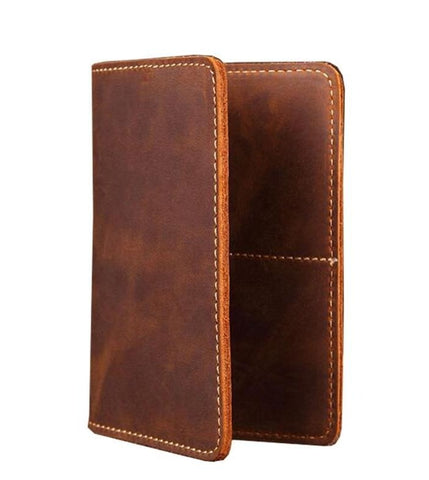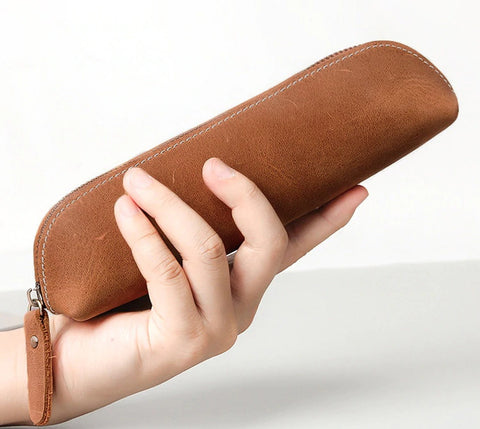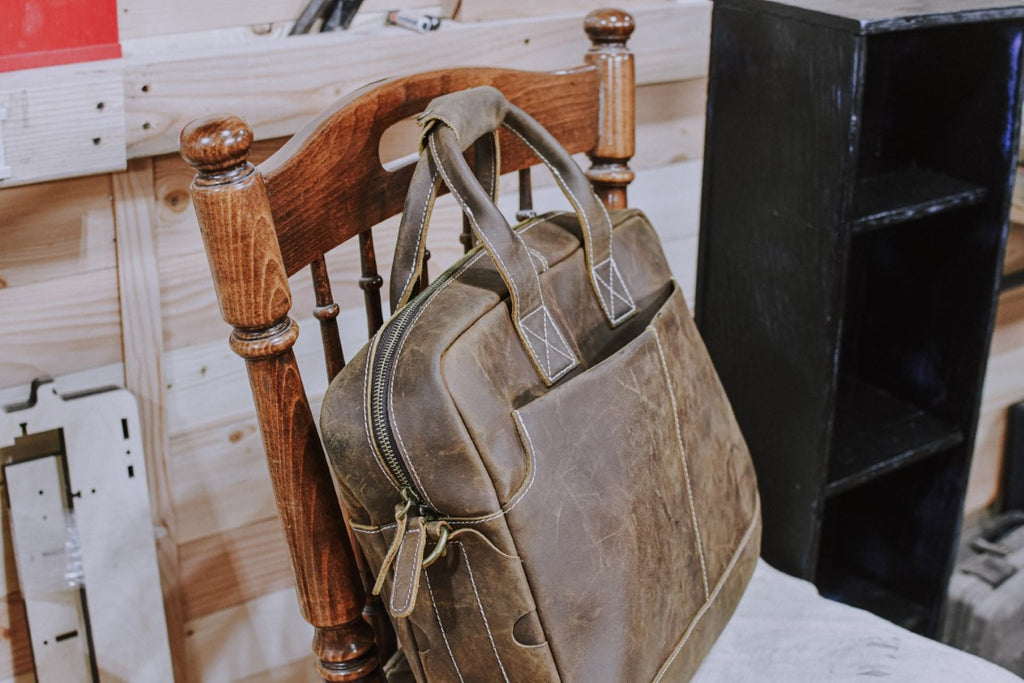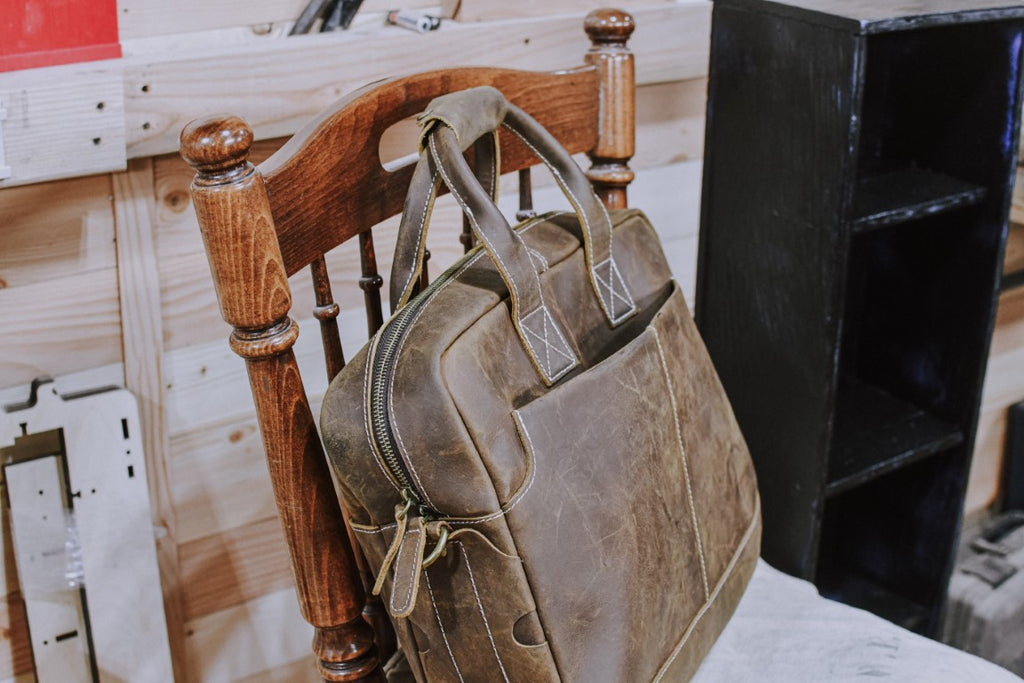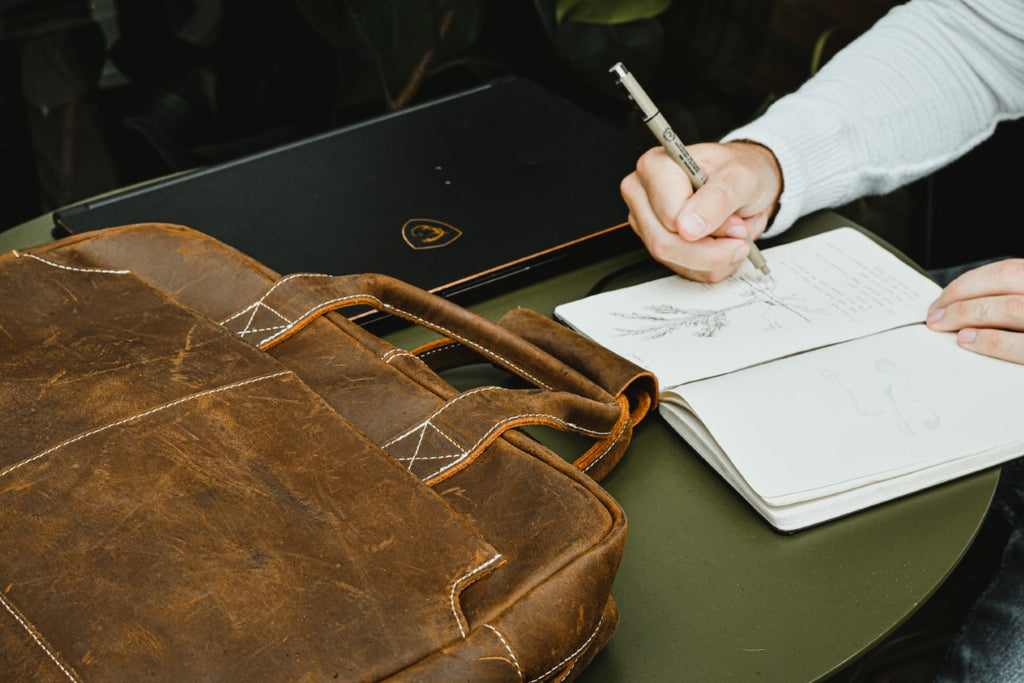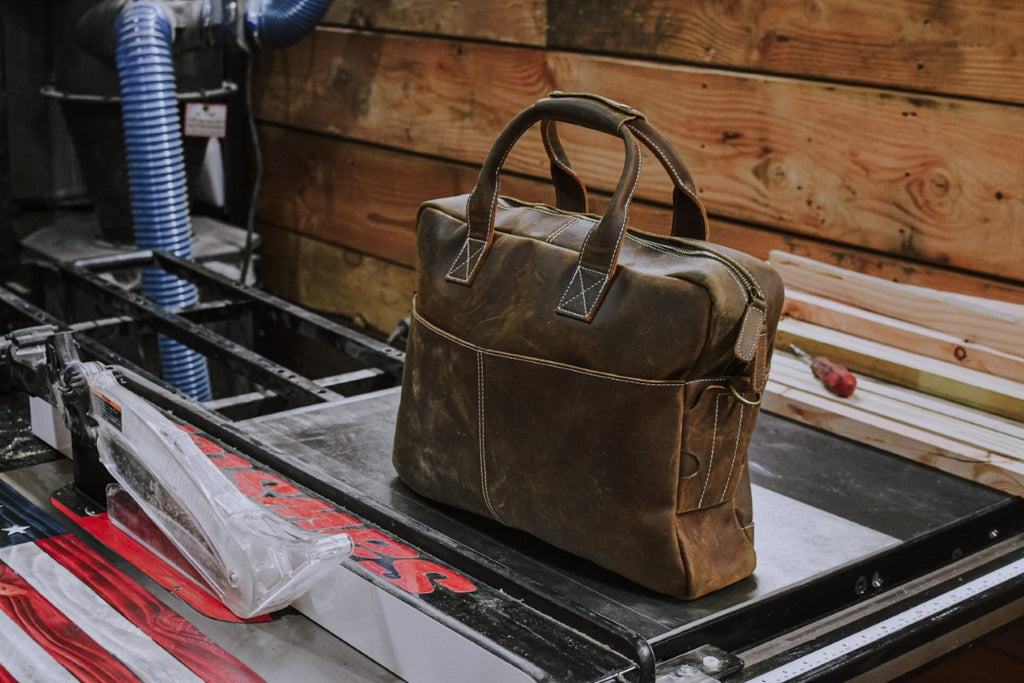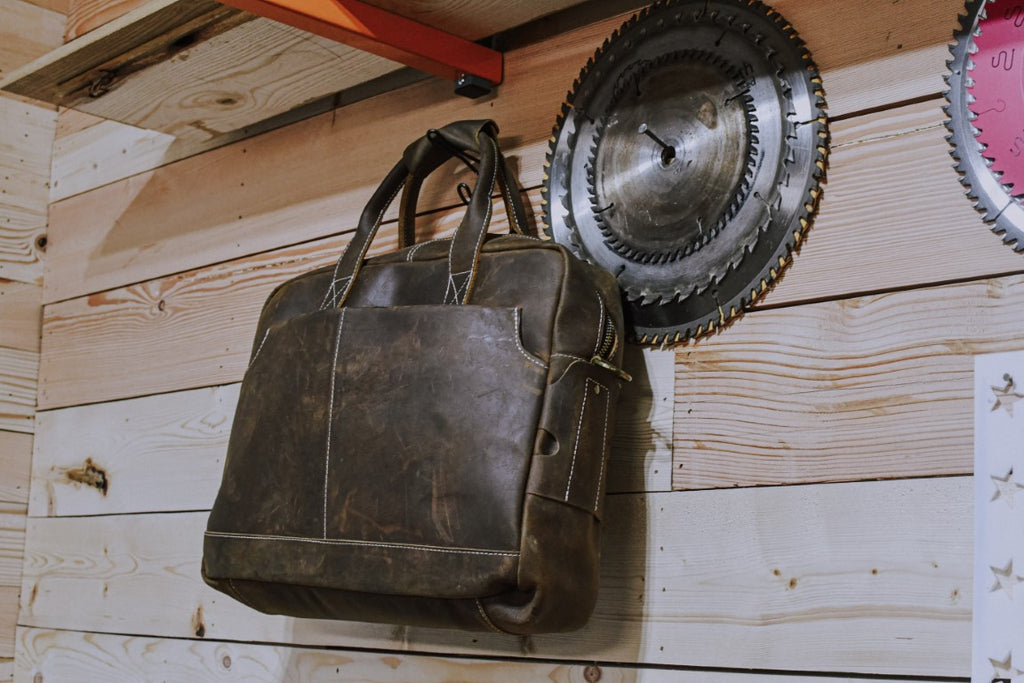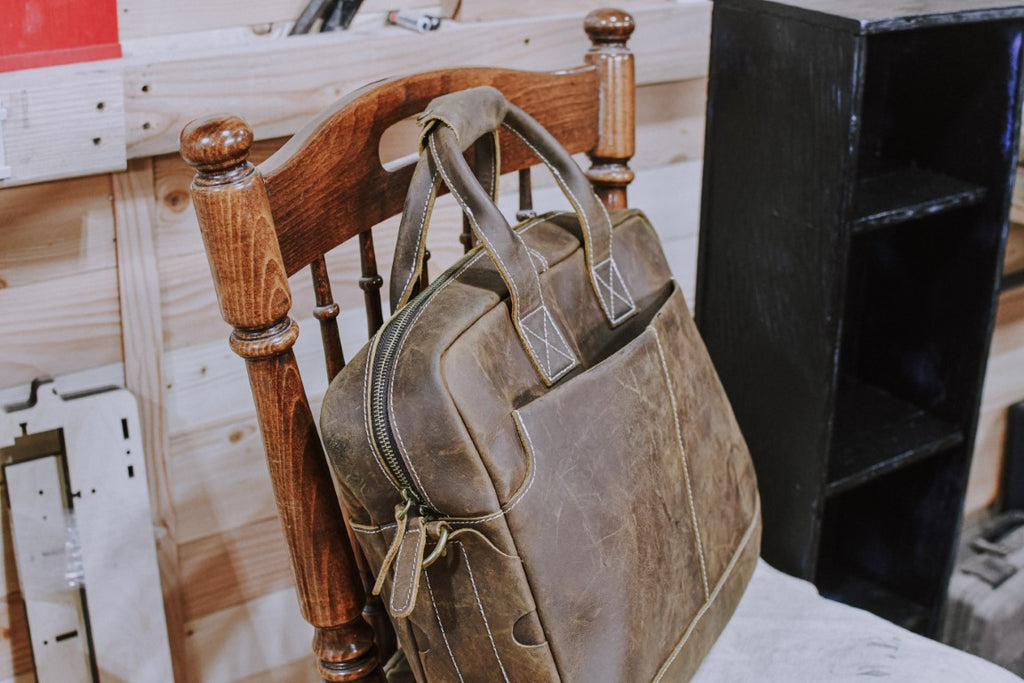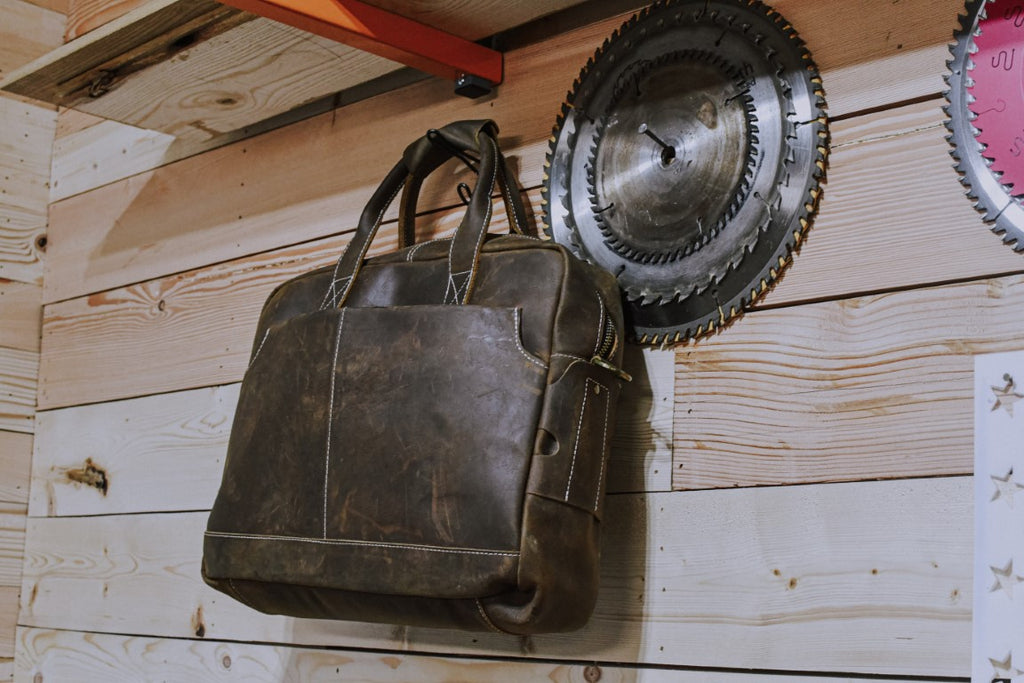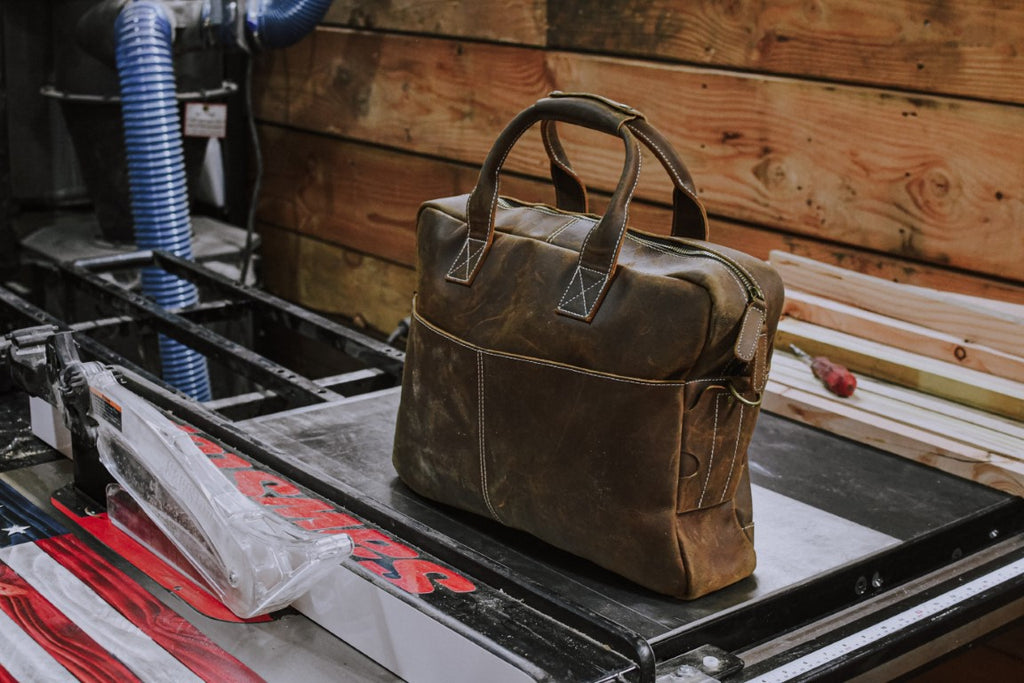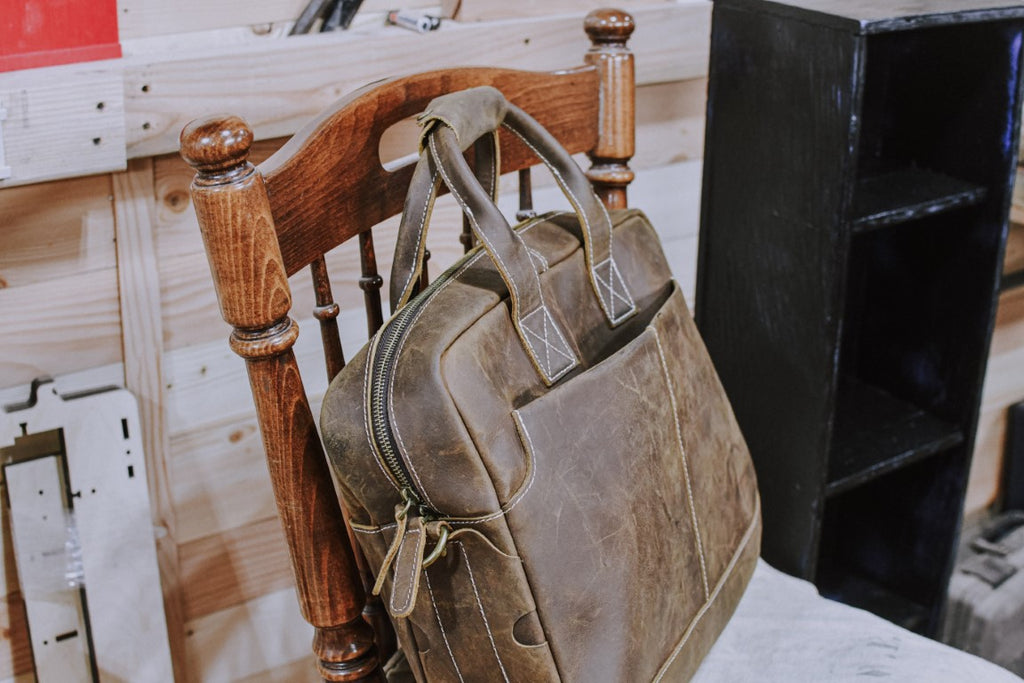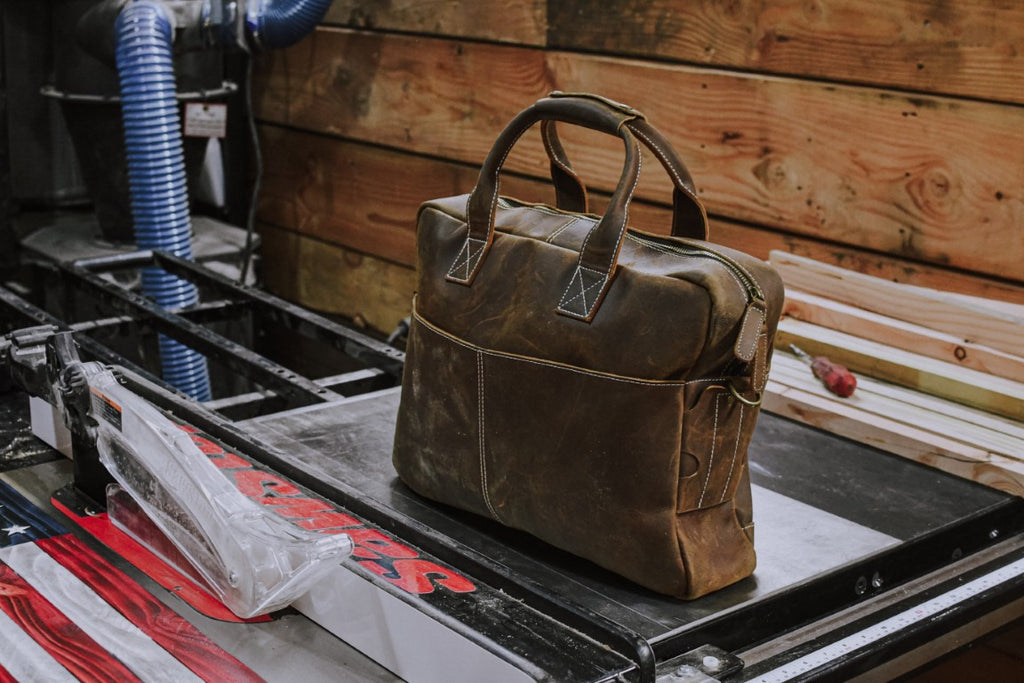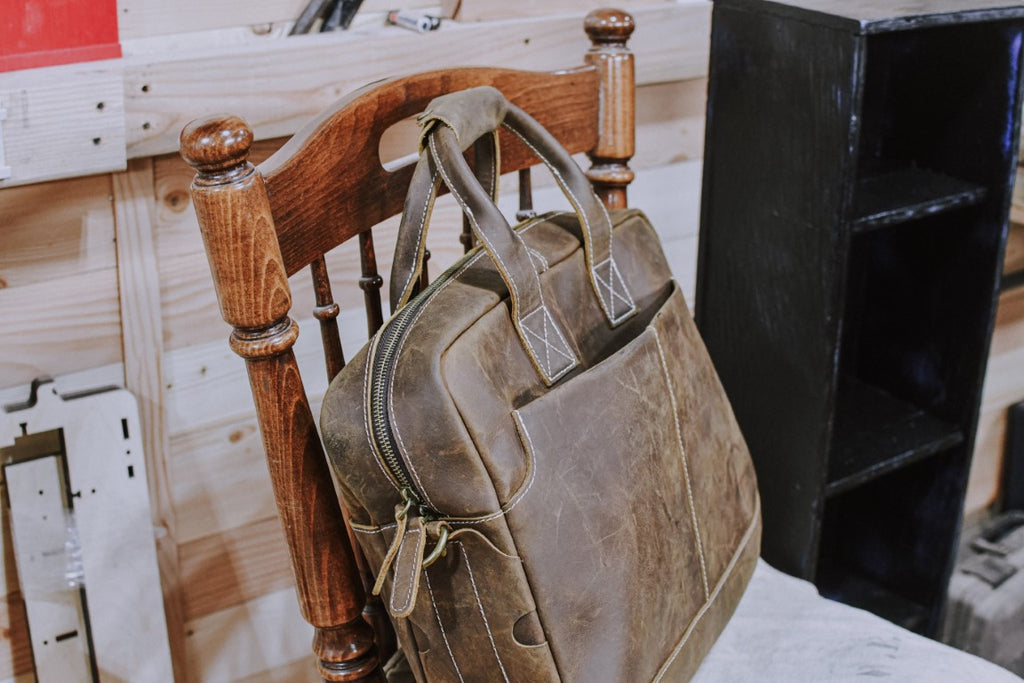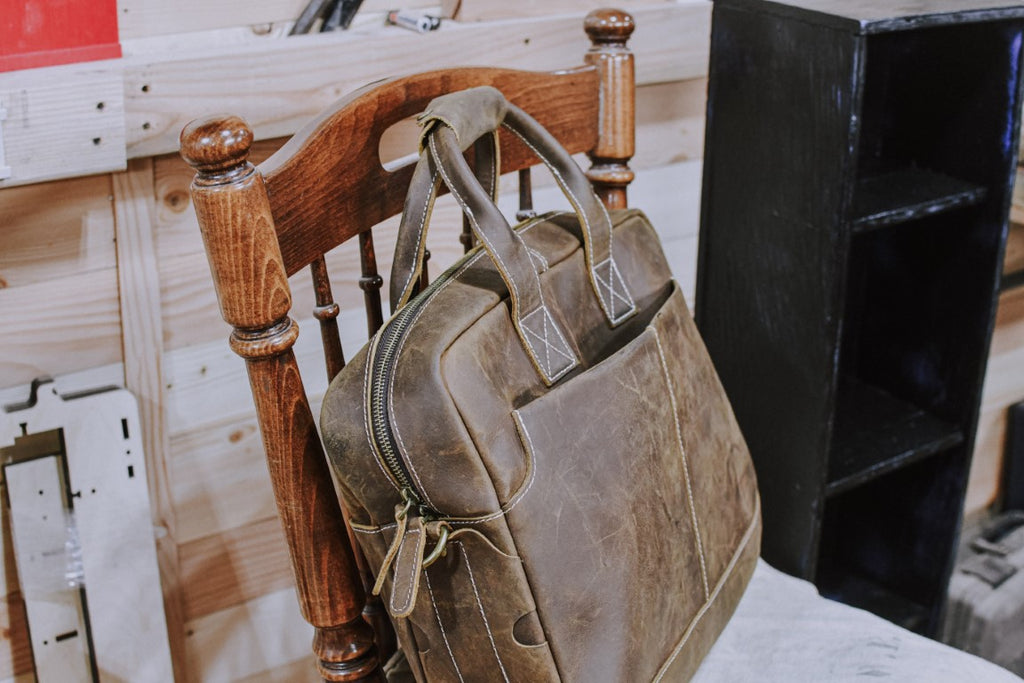
Knowing how to tan hides is a useful talent to have around the campfire. The technique you choose for tanning hides will only be determined by the intended usage. Bark tanning creates hides for an entirely different reason than brain tanning.
Hides may be tanned in an infinite number of ways, much like animals. It's likely that you'll experiment with a number of various approaches to tan hides before settling on one that truly works for you. Each procedure demands precision and patience, but none are difficult or expensive. The patience element is something I've always struggled with. When it comes to learning how to tan, be prepared for a lot of mistakes. For a variety of reasons, beginning with a tiny animal is ideal. In the first place, they're easier to deal with since cleaning and processing them take less time. Second, you will only squander a tiny bit of leather if you make a mistake or your creative aspirations exceed your present skill set.
To begin tanning, an animal's skin must first be obtained. An animal must be slaughtered and skinned before its body heat can be removed from the tissues in order to tan its hide. This can be done by the tanner or by purchasing a skin from a butcher, farm, or a local fur dealer.
Preparing hides begins with salt curing them to avoid collagen putrefaction due to bacterial development during the time lag between obtaining the hide and processing it. In order to dry hides and skins, a difference in osmotic pressure must be used throughout the curing process. To prevent germs from growing, hides and skins are treated to lower their moisture content and raise osmotic pressure. Wet-salting involves extensively salting the skins, then pressing them into packs for around 30 days. A saltwater bath is used to stir the hides throughout the brine-curing process, which takes around 16 hours total. Skins and hides may be preserved at extremely low temperatures for curing.
Tanning Hides for Leather
Our modern world uses tanned skins mostly for apparel, outerwear, and boots as well as for saddles and equipment. Although it is no longer necessary, preparing the pelts of wild and domesticated animals was formerly essential. The tanned leather was used to construct game bags, blankets, a bed to sleep on, coverings for animal bladder-based canteens, the only clothing and footwear material available, and to meet other basic needs.
Because buffalo skins are so thick and robust, they used to be the principal type of hide utilized in the production of footwear and saddles.
Tanning is required before the skins can be turned into supple leather. For thousands of years, many variants of this technique have been utilized in almost unaltered form. Despite the fact that there are several variants and preferences when it comes to tan hides, there are only two forms of tanning: chrome and vegetable.
Chrome tanning uses chemicals to produce a tan. Today, chrome-tanned leather accounts for nearly all commercial leather items. Chrome tanning is a much faster procedure to tan hides than vegetable tanning and results in leather that is very weather-resistant and easily colored. The disadvantage of this process to tan hides is that it involves the use of harsh chemicals that will come into contact with your skin while creating clothes, accessories, footwear, horse gear, or blankets.
While vegetable tannin is more time-consuming and labor-intensive than chrome tanning, the resulting leather is softer and more flexible, making it an excellent alternative for garment creation if leather crafting is part of your long-term goals.
In order to become leather, the pelt's protein structure must be altered by tanners, not only washed and dried like a rug or pair of boots. The process to tan hides begins with the drying, salting, or smoking stage, which is arguably the most significant. Before scraping-out fat, extra flesh, and/or hair, the hide must be completely dry. The skin is then either lime-treated or cleaned (some tanners do both), and the leather is tanned – manipulated to fracture small membranes in the hide and softened with some kind of oil.
Hide Tanning Tools and Supplies

Before we get started with “how to tan hides”, let's have a look at the equipment and supplies you'll need. You will not require everything on this list; the sorts of knives, boards, and scrapers used are entirely up to personal choice. Some of the materials are particular to the tanning technique you select to attempt, as indicated next to each.
• Fleshing Beam – A simple board or metal frame can be used to scrape and dry the hide, or a board made to match each animal type can be used to move the front and back of the hide between it to enable more uniform drying. Another option is a combination of both of these options. You may also use tacks to secure a hide to the wall of your woodshed while it dries and is being fleshed.
For the same objectives, Native Americans constructed a frame out of twigs to which the skin was tied. I don't have to do anything special to hang the pelt because we have a butcher shop right here on the property.
• Fleshing Knife – To flesh the hide, you may alternatively use a drawknife or a dull hacksaw blade. It doesn't matter what tanning method you choose or if the hair is left on the hide or not; you must wash and then gently yet firmly scrape away all of the blood and thick sticky goo that remained on hide after slaughtering before starting tanning.
This is a time-consuming and smelly operation, so don't try it in your attached garage! During the tanning process, it's critical to keep the hide out of the direct sunlight. The goo will attract predators that want to consume it — as well as any other animals roaming around your property. Direct sunlight on the hide during the fleshing process may frequently cause the hide to become too brittle to process and work with correctly to maintain its flexibility, thereby destroying the leather.
• Pelt Scraper – Using this hide tanning tool, you may remove the fat and meat from the skin while also cleaning out the hide's gristle on the other side, which has a razor-sharp edge. Additionally, it's useful when working in a small area with a lot of gristle, such as on the legs of cow or buffalo skins.
• Pelting Knife – These knives are available in a variety of shapes and sizes, making them ideal for working in confined spaces on the hide.
• Tail Stripper – When dealing with animals like squirrels and raccoons, who have long or bushy tails, this tool comes in useful.
• Wire Brush – To scrape the gristle and fat off skins, some people use a wire brush or a high-duty scrub brush. Both will work, however, you must use caution when using a wire brush or you can rip or puncture holes in the hide. It will take more effort to scrub the hide with a heavy-duty scrub brush equipped with plastic bristles.
• Hoof File – You may use a dull livestock hoof file as a scraper or pelting sharp knife before filing a fresh sharp edge onto it if you have one that is growing dull and needs sharpening.
• Bucket or Trough – To clean, soak the animal skins in clean water for at least one hour. When removing hair from a belt with wood ash, a bucket or trough will be required. To soak a huge Angus cow skin, I utilized a 25-gallon metal livestock tank, which worked perfectly. Because of the size of the hide, I had to sift it around a little more than normal, but the trough still allowed enough free movement for the lye in the wood ash to combine with the water and cover the whole hide.
• Gloves and Apron –When it came to tanning hide, Native Americans and early pioneers likely didn't use gloves, but I do. If you've got some old clothing lying around that you don't mind spoiling, wear those.
• Fire – A metal fire ring or sawed-off metal drum can keep the fire contained and continuing while you smoke the hides if you plan on smoking them in advance.
• Brains – The irony is that every animal is endowed with just as much intelligence as is required to tan its own skin. Butchers rarely keep the brain matter, so if you plan to brain tan, request that it be saved. It will keep in the fridge for a few days to a week.
• Lard or Tallow – The use of animal fat in tanning is another excellent idea to tan hides.
• Wood Ash – To build my hide tanning stockpile, I keep the wood ash from our wood burners in a metal garbage can with a tight-fitting cover all year long. The wood ash can be stored in a plastic tub, a plastic barrel, or a garbage bag once it has cooled and solidified.
• Alum – This is frequently regarded as a necessary ingredient in hide soaks. To make the soaking bath, combine the lye with the agricultural lime and water.
• Salt – When it comes to coating hides during the tanning process, there is always a contentious discussion about what sort of salt should be used and when it should never be used. Make your own study and select whatever salt kind seems to be the greatest for tanning hides — and then go buy a LOT of it. If you're tanning a medium-sized or larger hide, plan on using one to five pounds of salt. It is quite probable that the hair on a pelt will be lost during the tanning process if the skins are not salted immediately after they are taken from the animal during the slaughtering process. In order to get the best results while tanning hides, most tanning experts recommend using pickling salt or non-iodized salt. If you want to avoid salting, cleaning, and hanging the hides right soon after slaughtering, you may freeze them for months or even years until you're ready to tan them.
• Baking Soda – For a softening soak, tanners frequently combine baking soda with warm water and/or additional substances to tan hides. In certain tanning formulas, it's utilized to decrease moisture and remove extra chemicals. When tanning leather organically, other ingredients like borax, bran flakes (yes, the cereal), and raw eggs are often utilized by the procedure.
• Neat’s Foot Oil – These tanning tools have been around for a long time and are frequently used by tanners while dealing with hides to soften them into leather. You may also use the same Mink oil that you use on your saddle and gear, as well as coconut oil, olive oil, or cooking oil for the same reason.
• Wood Stick or Metal Pipe – To make sure the hide is fully treated in your selected materials, you'll need a long, robust stir stick. My stir stick is a 4-foot club that I found in my family's junk pile.
Transporting Hides
If the skins aren't frozen when you get them home from the butcher, salt them and spread them out as flat as possible in the back of the vehicle. NEVER, EVER leave the hides in your truck bed overnight. A predator will notice the smell of flesh and you will wake up to discover a group of coyotes munching on what was supposed to be your new leather coat, saddlebags, backpacks, or fur rug the next morning.
Apply additional salt if a lot of it comes off in the car on the way home. You want as much salt as possible on your hide. The salt dehydrates the hide by drawing moisture from it. While the salt is working, you'll nearly always find pools of liquid and thin skin beneath the hanging hide.
The length of time a salted hide is hung will be determined by the weather and the state of the hide. It may get nice and crispy in as little as a few days or as long as a few weeks.
Types or Methods of Tanning Hides and Leather

Bark Tanning
This method makes use of the tannin or tannic acid found in the bark of plants such as oak, hemlock, and others. Tanning agents using tannic acid from tree bark can take up to 6 months to finish and can discolor an animal's fur, therefore I would attempt this approach for tanning leather but not for preserving a hide. For a cow hide, you'll need at least 100 pounds of bark; for a deerskin and deer brain, you'll need 40 or 50 pounds.
Brain Tanning
Every animal has a brain, and all animals save bison appear to have enough intellect to tan their skin. Because of the risk of contracting Chronic Wasting Disease from tanning ungulate brains, I'm hesitant to use it (CWD). Mad cow disease and many other very uncommon prion illnesses that affect people are very similar to CWD, a kind of spongiform encephalopathy. “To date, no substantial evidence of CWD transmission to people has been reported,” according to the Centers for Disease Control (CDC). Good to know, however, the CDC encourages hunters to get game tested for CWD before eating it and to take specific measures in the field while butchering the animal, including; "...wear gloves, bone remove the meat from the carcass, and minimize handling of the brain mixture and spinal cord parts." Brain tanning is something I'm still considering, but not with the brains of a deer or an elk. If not, I'll have to track out a supplier of pig brains. Canning pig brains was a common grocery store item when I was a kid. I never had them, so I had no idea what I was missing out on. I used to be curious as to who was paying for them. My grandfather claimed to have eaten them when they were butchering hogs, but only when they were still fresh. The mad cow disease fear may have made them scarce in recent years. I'll see if I can find anything at any of the local Asian markets. Most brain solution tanning instructions, it appears, also call for smoking the skins before applying the dye.
Tanning with Mayonnaise and Raw Eggs
Given that mayonnaise is made from raw eggs and oil, the recipe calls for a lot of raw eggs and a little oil, which you may utilize in the same manner you would for brain tanning. Interesting, I've never heard of this before regarding how to tan hides – There's a need for more investigation.
Tanning with Alcohol & Turpentine
It appears that some individuals have employed a 50% ethanol, 50% turpentine solution. Others, however, claim to have never heard of it and believe the alcohol would leave their leather extremely dry after it evaporates. I'm not sure, but I don't believe I want my hides to smell like turpentine until further study is done.
Salt & Alum Tanning (ammonium aluminum sulfate or potassium aluminum sulfate)
Chrome Tanning (Chromium Sulfate)
Commercial technique - the usual texture of firm and shiny. It's quite likely that your motorbike jacket got its tan through washing it in something that's deemed a hazardous waste by the environmental community.
Glutaraldehyde Tanning
Maybe there's a better option out there than Chrome Tanning? Linked to formaldehyde in some way. Zoldine®, a Dow chemical product, is recommended for use in combination with Chrome Tanning by Dow Chemical. According to the Material Safety Data Sheet, it is very poisonous and hazardous to aquatic creatures. No thanks. Most likely not a good choice for self-tanning at home. Chromium or aldehyde chemicals dumped on the ground or in the stream by my next-door neighbor would be the last thing I want.
Steps of the Leather and Hide Tanning Process
Hide Tanning may be broken down into several phases, depending on where you get your information. I've attempted to condense them here. Also, don't forget to check out the discussion that follows this article. This page now has a plethora of information.
There appears to be a considerable misunderstanding as to what it means to maintain, tan, or break a hide among the various authorities. The stages on how to tan hides may be divided into many sections, some of which are left out, or they may be combined into a single section.
- Skinning
- Fleshing – remove all fat and tissues
- Preserving/Curing – freeze or salt – salt (non-iodized), alum – inhibit bacterial activity to keep hides fresh salt and leather in equal proportions
- Washing/De-greasing – If the hide is very fatty, it might need to be washed
- De-hiring – if you want leather – lime – skip this step if you want to tan a hide with the fur left on
- Thinning (if the hide is thick) – Dry Scraping
- Tanning – Pickling – Neutralizing – Uses an acid tanning solution to prepare the cells of the hide for tanning (Pickle bath only if the hide is new) – test for completeness, cut a little piece from the edge, examine to see whether the color has fully permeated the hide – or put a small piece in boiling water if it curls, it is not ready. It needs to be well washed and neutralized, and you should be cautious about where you discard the wastewater. Acid types include battery acid and oxalic acid.
- Breaking & Oiling
That deer hide (hide-on) looks great, and the young man clearly understands what he's doing.
Salt Hides to Preserve for Tanning

The hide must be refrigerated or salted if tanning can't commence as soon as it's removed from the animal. Without refrigeration, salt would appear to be the only alternative if out in the field. However, some sources recommend using a lot of salt to cure the hide and set the fur, while others advise "Don't Salt!". According to one source, unless you're an expert salter, you should avoid doing so since it might damage your hide. It would have been helpful if they had indicated that salt may damage a hide so we could be on the lookout for it. Another option is to salt your food with either dry or wet salt. They can be stored in a corner for a while if they are drily salted, but wet salted skins need to be packed up tight to avoid bacteria growth. When you begin the tanning process after using dry salted hides, it appears to be more difficult.
As a result of bacterial development, fur might start sliding out (falling out) quite fast in warm temperatures. I intend to salt bath the hide as soon as possible, but I need to do an additional study on salting hides so I can avoid any potential problems. However, if you must salt a hide, do not use iodized salt or rock salt, since the crystals are excessively big and contain an excessive number of contaminants in rock salt. Pickling salt is a fine-grained salt. The hide must be fully coated in salt, and a reasonable rule of thumb is to use about the same quantity of salt as the animal hide weighs in grams.
Conclusion
It takes practice and dedication to become an expert on how to tan hides, but it is well worth it. Families can make full use of animals grown on the homestead or hunted for sustenance if the skins are preserved.
Tanning an animal's skin can be done in a variety of ways depending on the animal's hide's size. It is possible to find hide parts large enough for a modest project – or even a larger project if the hide is stitched together from smaller animals like a squirrel, sheep or a rabbit hide.











